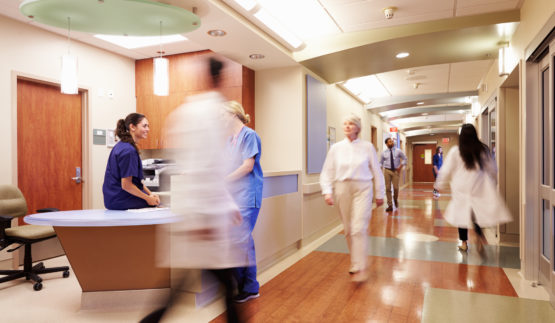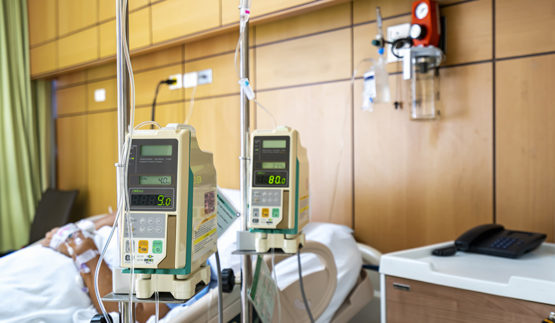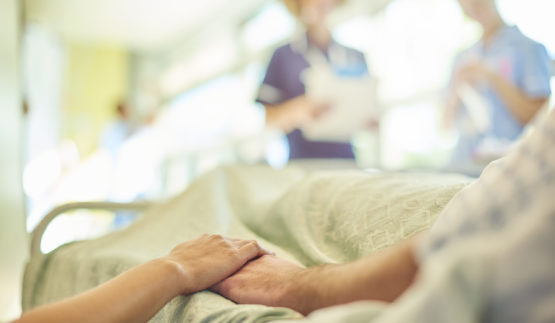
March 18, 2021
Capnography: Key Measure for Proper Airway Placement, Return of Spontaneous Circulation, and Advanced Airway Displacement
by John Zaleski
Capnography, in the measurement of end-tidal carbon dioxide, provides an immediate assessment of ventilation adequacy, which is particularly helpful when treating patients who are in cardiac arrest or who have an advanced airway in place – supporting Patient Safety.

January 14, 2021
A Nurse’s Greatest Fear, Part 2: Giving Clinicians Greater Insight & Improving Patient Safety Outside of the ICU
by Cyndi Coyne, BSN, RN
Continuous monitoring of SpO2 and EtCO2 could help nurses in non-critical care areas identify decompensating patient conditions and intervene sooner to save lives.

November 10, 2020
How to Better Detect Opioid-Induced Respiratory Depression Without Turning Every Unit Into an ICU
by Gregory Eckstein and John Zaleski
Postoperative patients are predisposed to episodes of respiratory depression, which if not detected and treated can lead to apnea, anoxic brain injury, cardiac arrest, and death. By continuously monitoring the patient’s end-tidal carbon dioxide (EtCO2), respiratory rate (RR) and fractional inspired CO2 (FiCO2) through capnography, clinicians can more accurately assess ventilation adequacy and predict the onset of declining cardiovascular and respiratory conditions.

May 5, 2020
Improving Nurse Retention and Driving Value-Based Care
by
The strategies that healthcare providers have previously used to retain nurses are no longer enough to offset the challenges healthcare currently faces in terms of improving nurse retention and driving value-based care.

February 27, 2020
How Clinical Workflow and Early Detection Technologies Transform Patient Care
by
A look into the cost of medical errors, how to identify at-risk patients at the first sign of serious decline, and how clinical workflow technologies can help reduce medical errors and preventable catastrophic events.

February 6, 2020
Continuous Patient Monitoring Can Boost Staff Efficiency and Reduce Risk in Non-Critical Care Settings
by
Patient Monitoring in non-critical care focuses on three areas: improving workflow efficiency, ensuring data accuracy, and enhancing clinical usability.







